The way I create videos is straightforward. I do the video, create the story, shooting, editing then done. I deal with the installation later if there’s any. But this time I am doing this differently, I tried to picture what the installation will be.
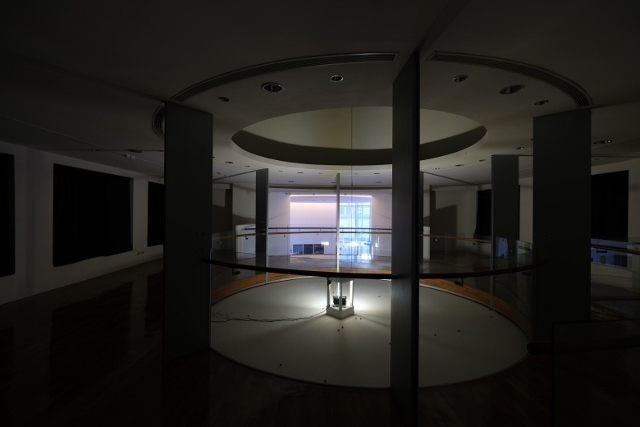
Back in January 2020, I was working on “Hypothesis Atlas and Voyager” at Kuandu Museum of Fine Arts, Taiwan. The space I was exhibited was very unique, a circular space with two floors. The first floor was just a black box space but the second floor has a big hole to the first floor in the middle of the space and the wall has an altar-ish look, not to mention the floor was all wooden floor.
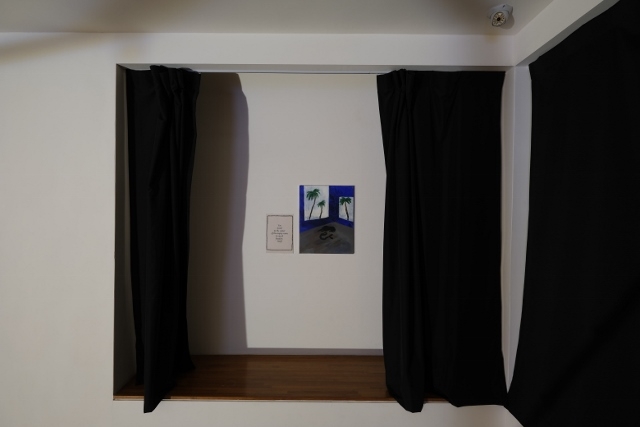
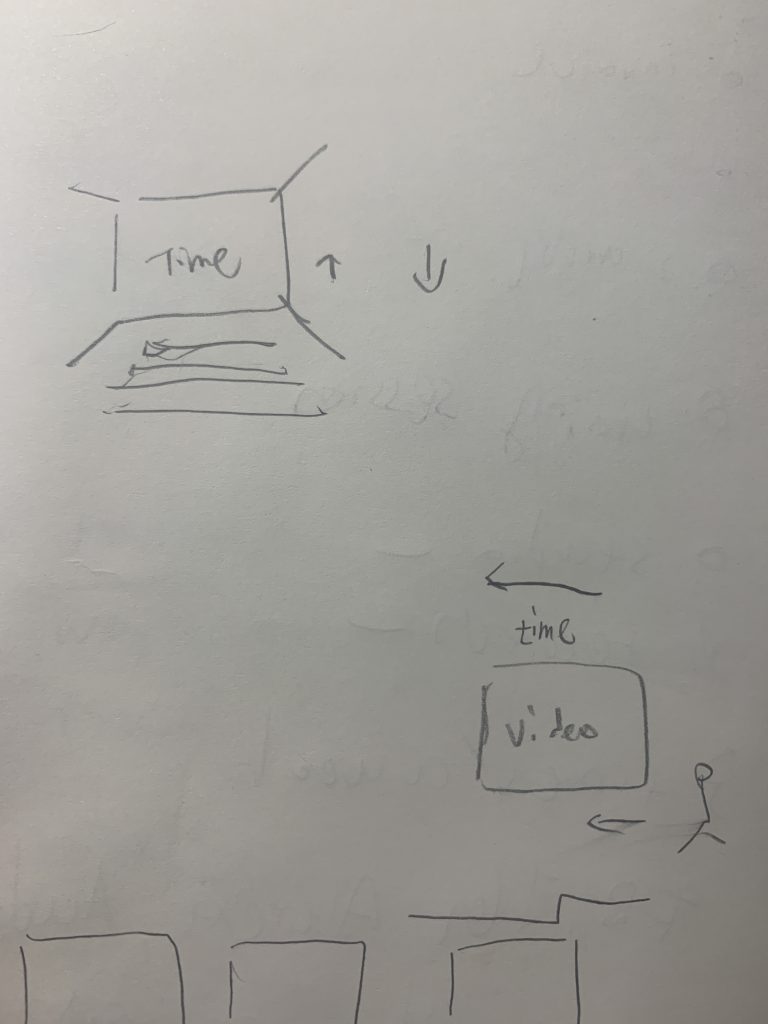
I was thinking about the relation between the viewer and space, when the viewer walks in it, they traveled to see each altar and what’s inside. My original idea was to install objects that related to the video on the first floor and serving as a chronological exhibition. Thus when the audience walks they will become the time.
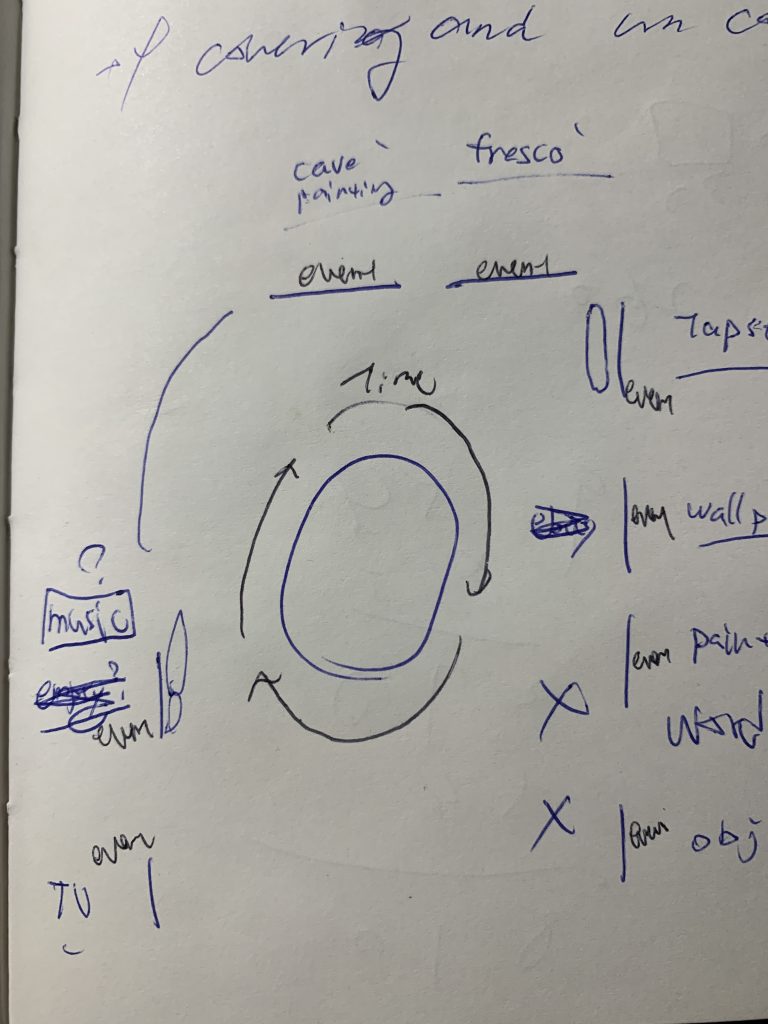
I kept this idea in mind and picked it up recently. My idea for this project was to shoot ten scenes, each scene represents a year, then it will be my past ten years. Those scenes will all be similar with two actors walking and chatting from right to left, talking about different things while they are walking. Each scene will sit around two minutes that make the total length to be 20 mins. The audience will walk with the actors from the first screen to the last scene, when the actor walks to the end of the left the screen will keep playing the scene without actors. This work will take a long space to exhibit, but it can alternatively be exhibited on one screen with ten scenes one after one, it just won’t be that cool…
I do not intend to show the notes of each scene, instead, I will just post my notes and researches that related to it. Perhaps at some point, I will have it display as a more clear story and post it as one post.
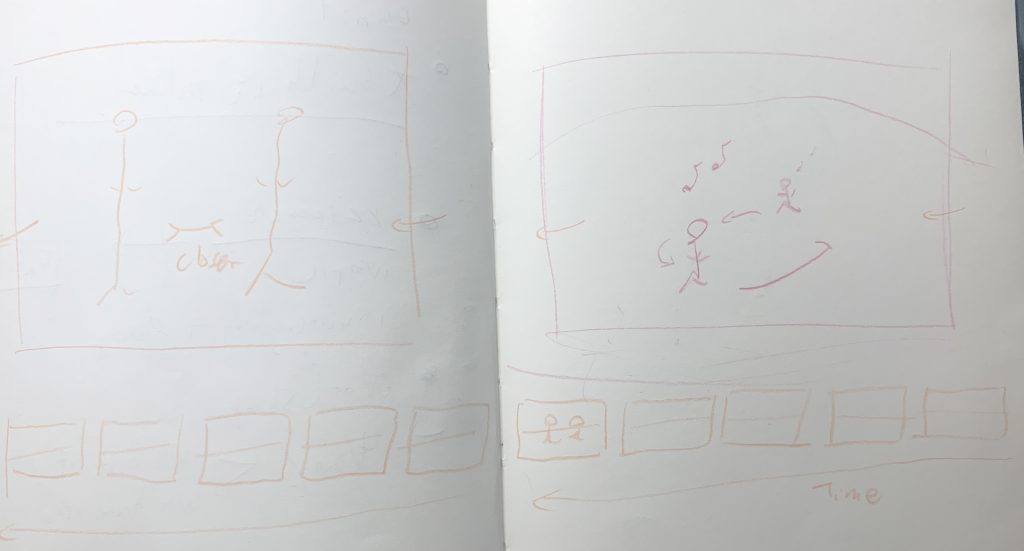
References book “Atlas of Emotion: Journeys in Art, Architecture, and Film” by Giuliana Bruno, Publisher: Verso, 2018